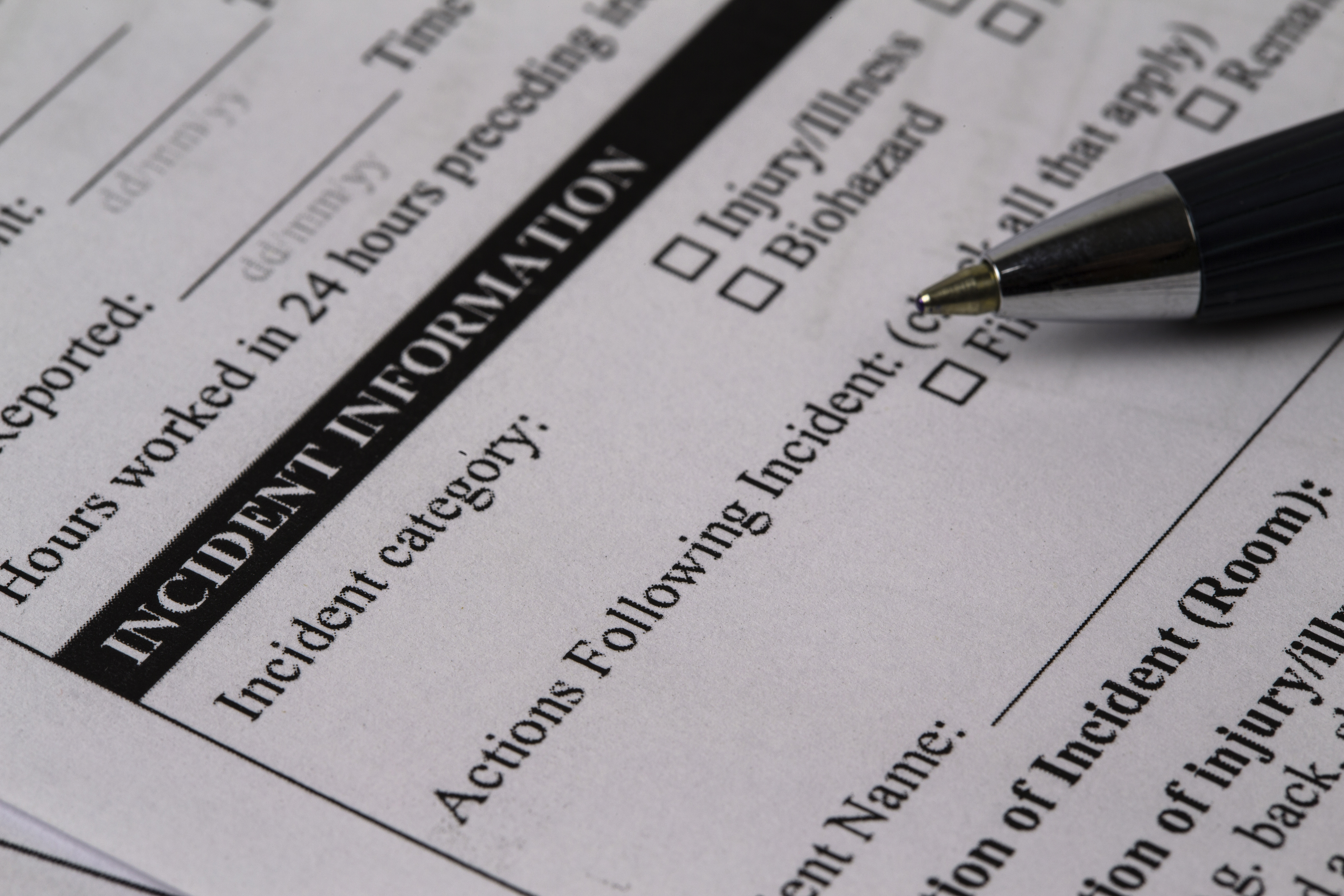Related Posts



You are about to leave Risk Strategies website and view the content of an external website.
You are leaving risk-strategies.com
By accessing this link, you will be leaving Risk Strategies website and entering a website hosted by another party. Please be advised that you will no longer be subject to, or under the protection of, the privacy and security policies of Risk Strategies website. We encourage you to read and evaluate the privacy and security policies of the site you are entering, which may be different than those of Risk Strategies.

A sickly orange haze obscured views from Manhattan offices on June 7, 2023. A byproduct of Canadian wildfires, smoke has traveled the jet stream into several US states, diminishing air quality. In some eastern locations, it’s currently unsafe to work or recreate outdoors.
Please take a moment to read these important safety tips.
Poor air quality can lead to breathing difficulties and other health concerns. If you have employees who typically work outdoors, consider alternatives such as requiring respirators and reducing outdoor work hours. (Note: If employees do not have formal training in how to use a respirator, they will need alternative arrangements for this smoke event.)
Smoke typically enters buildings in three ways:
To keep harmful contaminants at bay:
According to the Centers for Disease Control and Prevention (CDC), smoke exposure can cause a range of symptoms — from coughing, stinging eyes, runny nose, and a scratchy throat to headaches, a fast heartbeat, chest pains, and trouble breathing. If you or any of your employees experience these signs and symptoms in an area affected by Canadian wildfire smoke, it’s important to move indoors to an area with a filtered air system. If symptoms persist, please see a healthcare provider.
For more health information, please review the CDC’s website: https://www.cdc.gov/disasters/wildfires/smoke.html and https://www.cdc.gov/air/wildfire-smoke/default.htm. To check the air quality index for your exact location, please visit: https://www.airnow.gov/.
Stay safe.
NOTE: As of May 31, 2023, 1,800 Canadian wildfires had burned over 2,728,769 hectares of land. Many fires are still burning, and due to jet streams, smoke and air contaminants have reached the US. Many people are finding it difficult to go outside for any duration of time.
If you have questions or need additional information, please reach out.
Connect with the Risk Strategies Property team at property@risk-strategies.com.
About the authors
Amy Hahn, a Certified Fire Protection Specialist (CFPS), assists clients in identifying property-related risks and ways to mitigate them, including analyzing exposures to catastrophes.
Ken Cullen has over 30 years of experience in property loss prevention. He works with industrial and commercial corporations worldwide.
Jon Dickson served as an OSHA Consultant for the State of Missouri's Department of Labor and Industrial Relations for seven years. He also spent four years as the Health, Safety, and Environmental Service Manager for the Builders' Association prior to joining Risk Strategies.
The contents of this article are for general informational purposes only and Risk Strategies Company makes no representation or warranty of any kind, express or implied, regarding the accuracy or completeness of any information contained herein. Any recommendations contained herein are intended to provide insight based on currently available information for consideration and should be vetted against applicable legal and business needs before application to a specific client.


